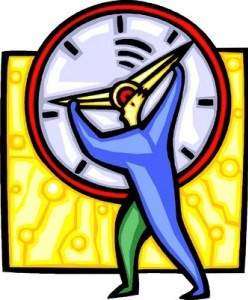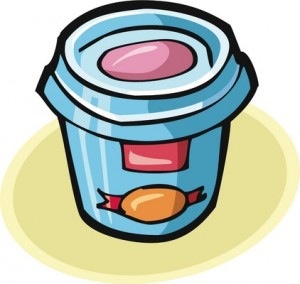
Food Revolution Day on the 19th of May is a chance for people who love food to come together to share information, talents and resources and to pass on their knowledge and highlight the world’s food issues. All around the globe people will work together to make a difference. Food Revolution Day is about connecting with your community through events at schools, restaurants, local businesses, dinner parties and farmers’ markets. The intent is to inspire change in people’s food habits and to promote the mission for better food and education for everyone.


